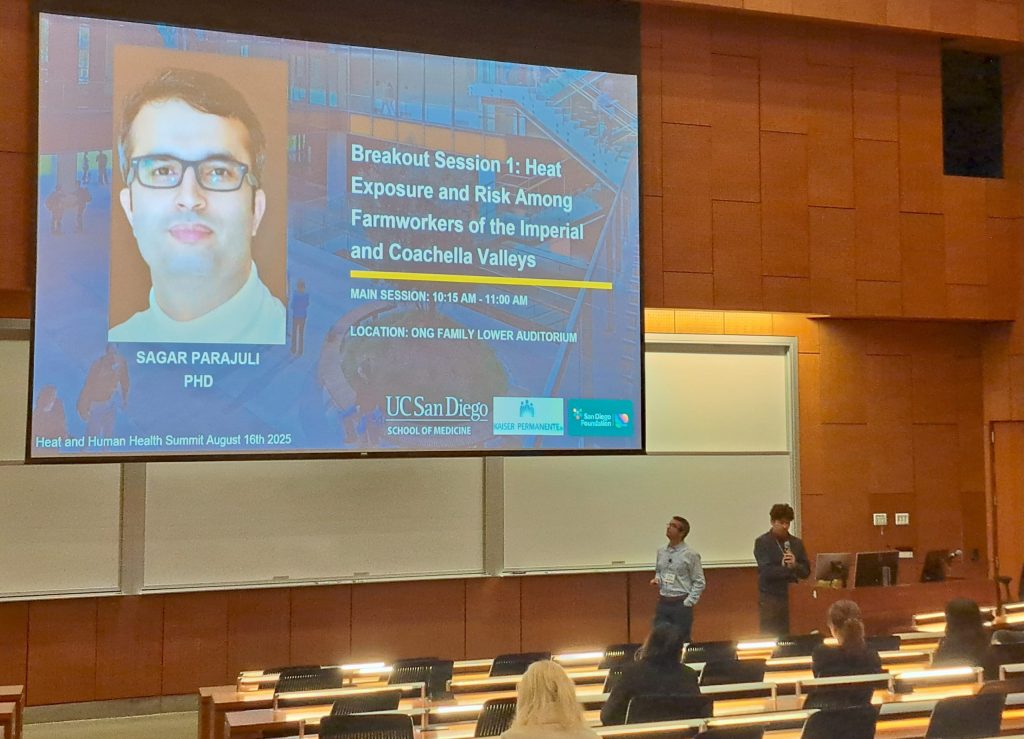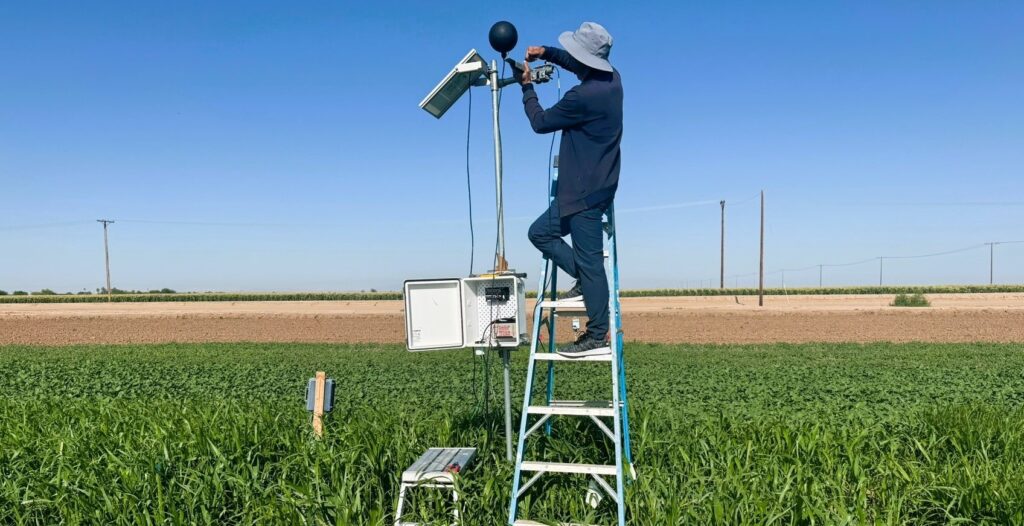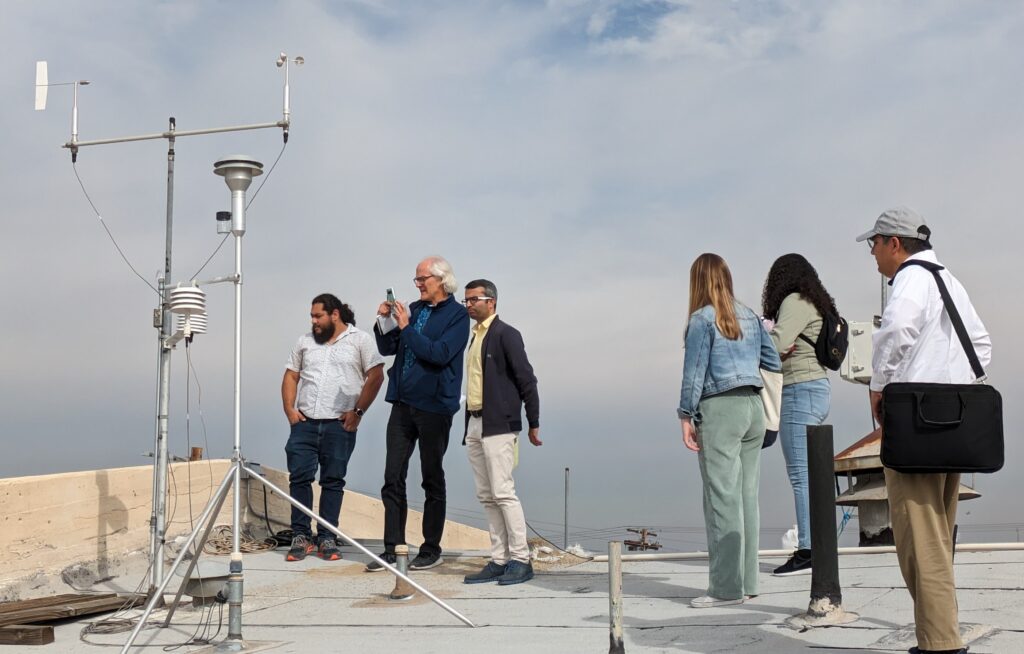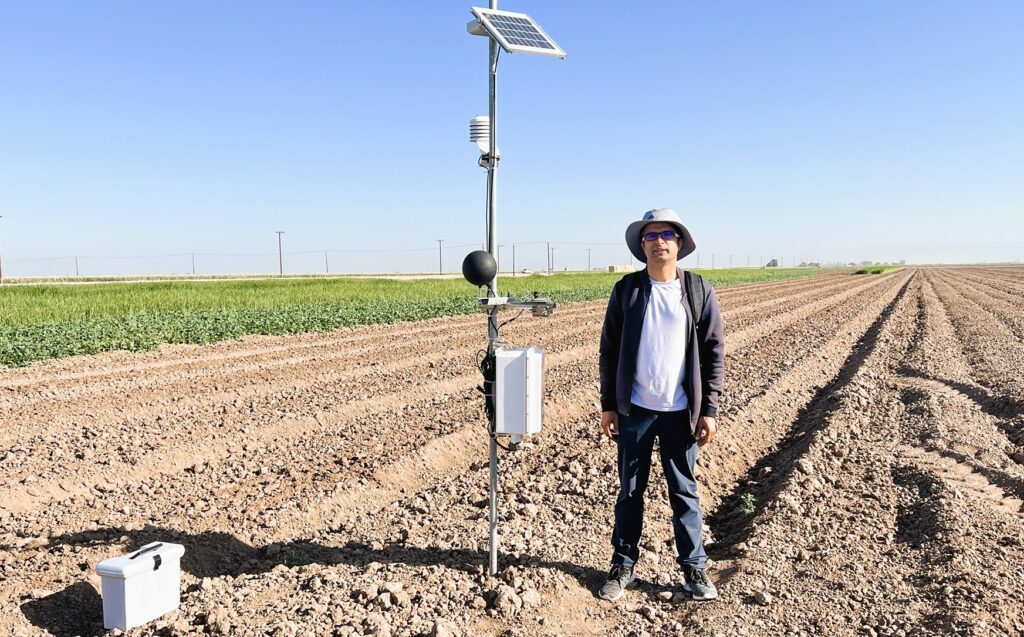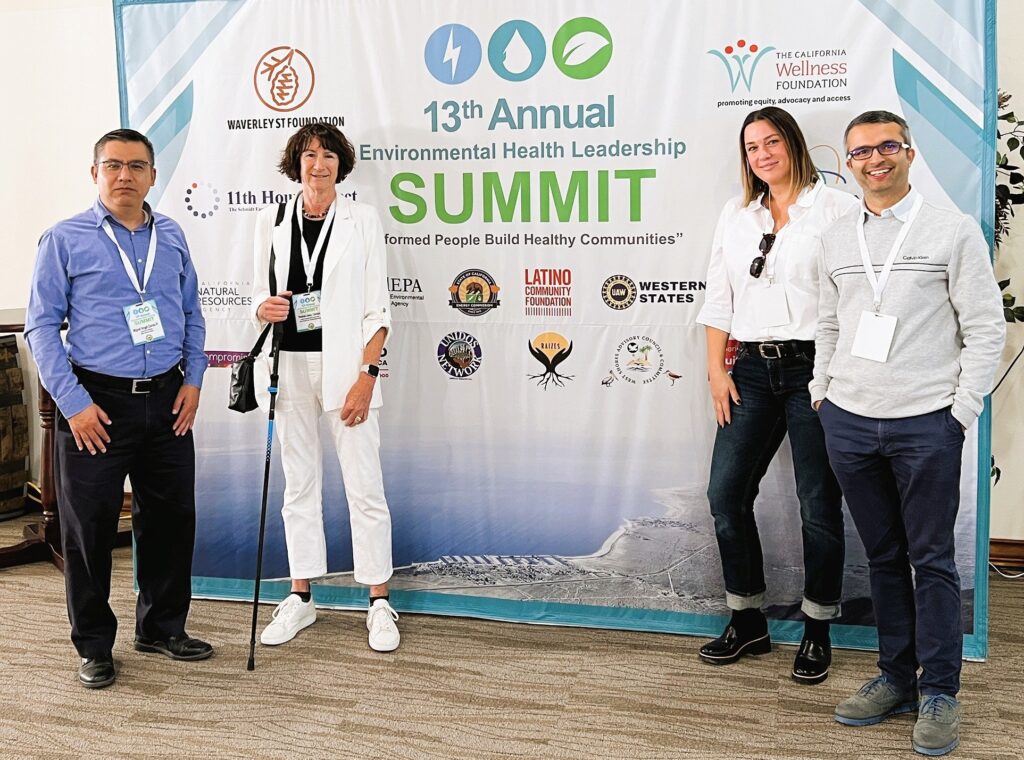Why extreme heat and air pollution matter?
Every year, more than 7 million people die from air pollution around the world. Another five million die from extreme heat. Unfortunately, with rapid urbanization and changing weather regimes, deadly heatwaves and toxic air episodes are becoming more common—posing serious threats to human health, livelihoods, and the global economy.
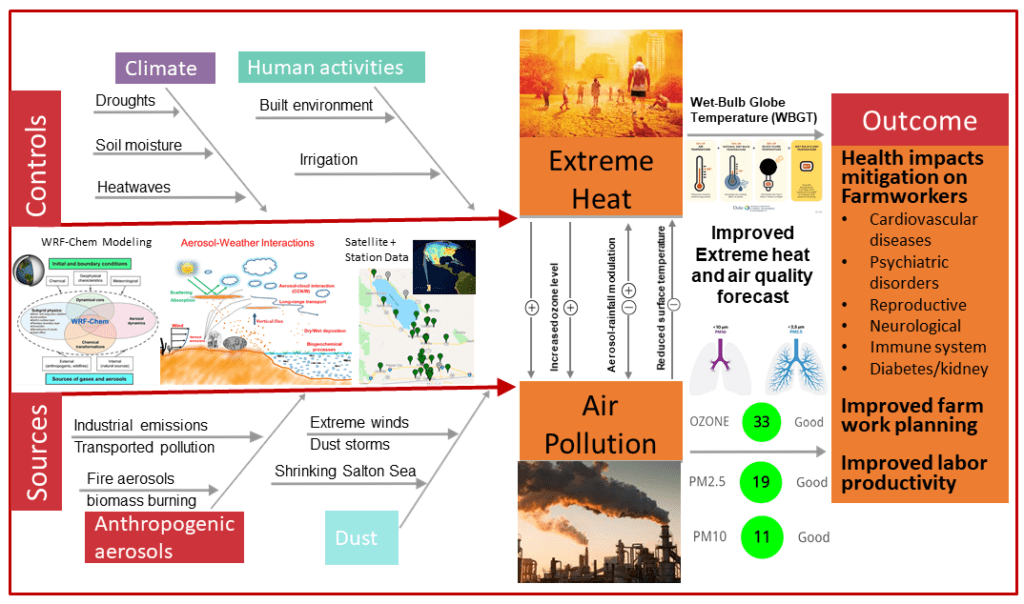
The connection between extreme heat and air pollution
Air pollution and extreme heat are closely related not only through physical and chemical pathways but also through policies and their impacts on human health. While extreme heat impacts air pollution mainly through circulation changes, increased energy demand, formation of secondary pollutants, pollution transport, increased potential for wildfires, radiation changes and cloud formation, it also shares policy implications with air pollution. Aerosols are generally known to cool down the Earth’s surface by blocking the solar radiation but they also heat up the atmosphere by absorption of solar and thermal radiation. For example, air pollution in the US has been declining after the implementation of clean air act in the 1970s but the resulting reduction in atmospheric aerosols might have paradoxically contributed to the recent rise in extreme heat occurences by allowing more radiation to reach the ground. Extreme heat and air pollution also have several common health impacts, on respiratory and cardiovascular diseases, as well as mental, reproductive, and immune system health, which get amplified through their combined exposure.
Existing research gaps
Many of the global and regional models currently in use for weather and climate prediction have biases in their output fields such as aerosol concentrations, temperature and humidity, partly due to their coarse spatial resolution and partly because they do not account for the local factors that affect air quality and weather, for example irrigation. The coupling of land-atmosphere and lake-land processes is also poorly represented in traditional models typically allowing only one-way interaction and feedback. Even more importantly, aerosol-radiation and aerosol-cloud-precipitation interactions are highly simplified, which lead to over- or under-estimation of relevant atmospheric and near-surface fields.
What is the solution?
The above interactions are just a few examples. Our Earth’s environment is much more complex than you can imagine. Earth System Models such as Community Earth System Model (CESM) are 4-D models designed to replicate Earth’s climate system using a set of governing equations. Although there are modeling and computational challenges in representing such interactions, open source, community-developed regional weather models such as WRF and WRF-Chem allow researchers to customize the model to a local region and produce high-resolution, more accurate forecast of air pollution and extreme heat. I employ WRF and WRF-Chem in my research to investigate science questions such as:
How do atmospheric aerosols impact Earth’s radiation budget and surface temperature?
What are the compounding impacts of extreme heat and air pollution on human health?



